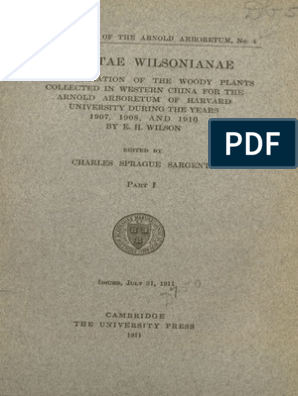0% found this document useful (0 votes)
34 views15 pagesControlled Drug Delivery System
A drug delivery system (DDS) is a formulation or device that controls the rate, time, and location of drug release to enhance therapeutic efficacy and safety. DDS can be classified into conventional and modified release systems, with the latter including delayed, extended, sustained, and controlled release methods. Controlled release systems maintain constant drug levels and provide predictable release kinetics, while sustained release systems offer medication over extended periods without achieving zero order kinetics.
Uploaded by
IqraCopyright
© © All Rights Reserved
We take content rights seriously. If you suspect this is your content, claim it here.
Available Formats
Download as PDF, TXT or read online on Scribd
0% found this document useful (0 votes)
34 views15 pagesControlled Drug Delivery System
A drug delivery system (DDS) is a formulation or device that controls the rate, time, and location of drug release to enhance therapeutic efficacy and safety. DDS can be classified into conventional and modified release systems, with the latter including delayed, extended, sustained, and controlled release methods. Controlled release systems maintain constant drug levels and provide predictable release kinetics, while sustained release systems offer medication over extended periods without achieving zero order kinetics.
Uploaded by
IqraCopyright
© © All Rights Reserved
We take content rights seriously. If you suspect this is your content, claim it here.
Available Formats
Download as PDF, TXT or read online on Scribd
/ 15






















































































